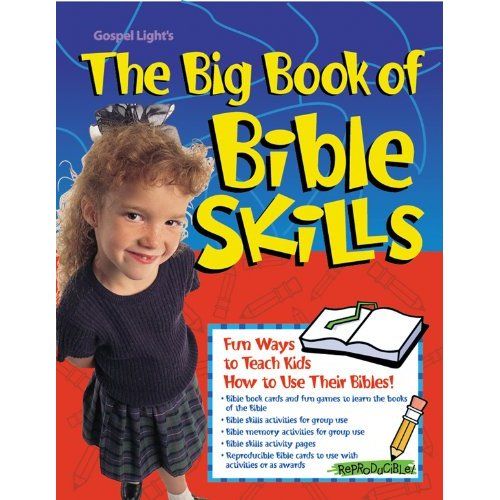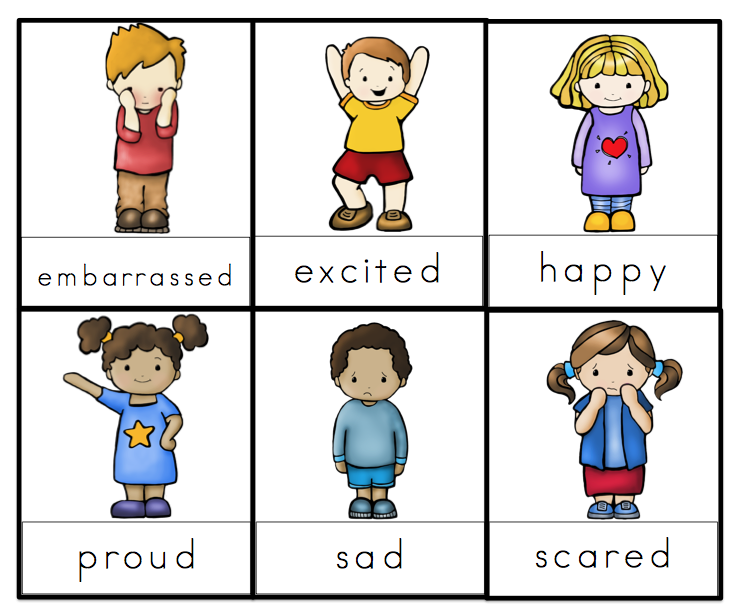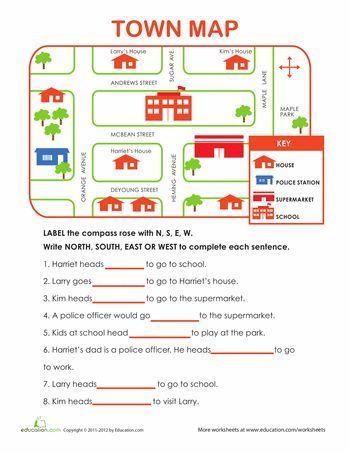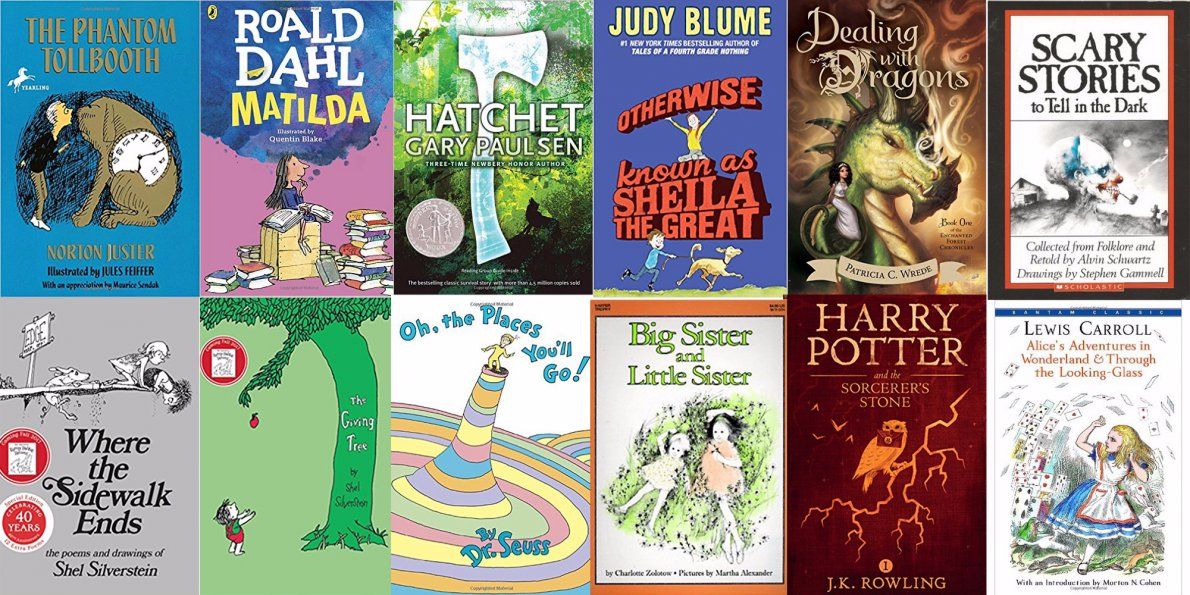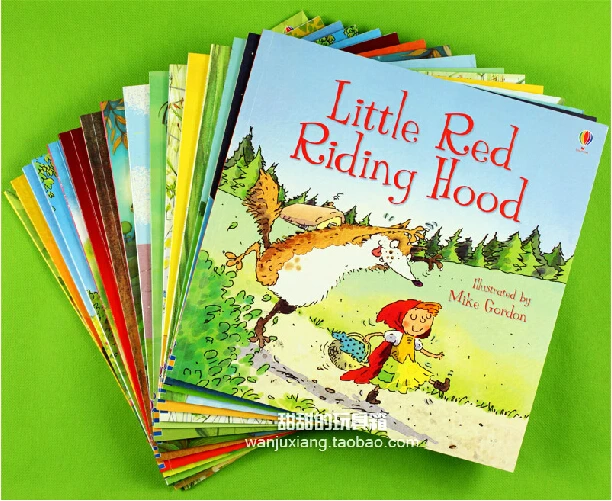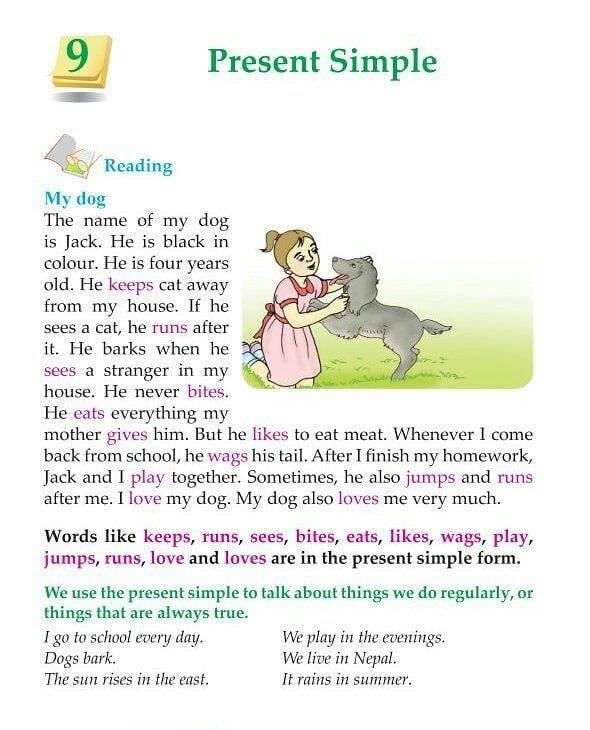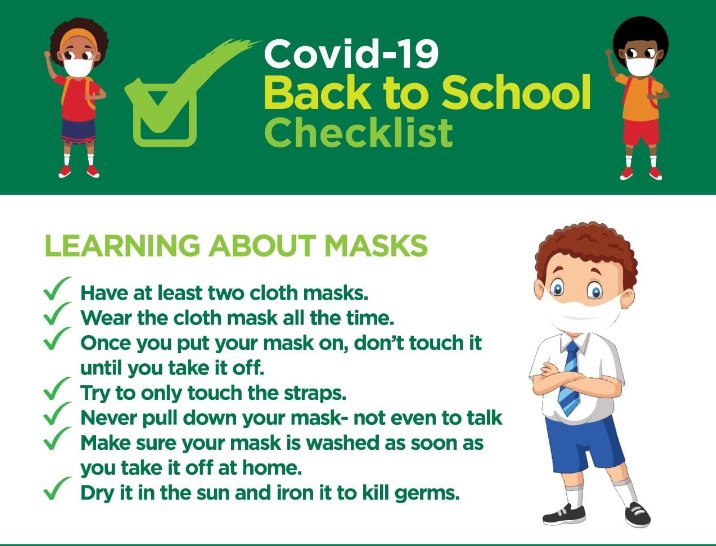Fun ways to teach kids
How to Make Learning Fun with These 10 Tips
How to Make School and Learning Fun
Most people have fond memories of elementary school. Playing with your friends on the playground, dominating at tetherball or gossiping and giggling on the monkey bars — these are the fun experiences we reminisce about.
Today, we hear a lot about Common Core standards and getting students ready for college. Gone are the carefree days of elementary school, as teachers and parents push kids to excel to even higher learning standards.
Why It’s Important to Make Learning Fun for Kids
Kids need fun at school. When teachers make learning exciting, students are more willing to participate and often find the lesson more memorable. So how can we make school more engaging and interesting for students?
Read the full article or jump to a specific section:
- Break up Lessons
- Offer Choices
- Incorporate Games
- Have Group Time
- Move Around
- Use Hands-On Activities
- Be Creative
- Plan Field Trips
- Use Technology
- Go Outside
Ready to start designing your playground to make learning more engaging for students? Contact our team of experts today!
Contact Us
10 Tips for Making Learning Fun and Engaging For Children
Making school fun can give kids a lifelong love of learning. To keep your students engaged and motivated, throw in some variety. Here are 10 ways you can make learning and education more exciting for your students.
1. Break up Your Lessons
Many lessons involve lectures, especially when you’re introducing a new topic. But you can’t expect young kids to stay engaged as they sit still listening to you talk. Breaking up your lesson adds excitement and keeps your students interested.
Give an introduction, then try an activity. Go back to talking, then pull out another group exercise or get students out of their seats for a round of jumping jacks. Finish the class with a discussion. Even a 30-second break every six minutes or so will do wonders. Try to vary what you do for every lesson and how you teach every day. Learning in new ways and doing novel things can help kids pay attention to the material.
2. Give Your Students Choices
Kids don’t get many choices in their daily routine, either at school or at home. Sometimes all they want is to have a say. When kids have the power to choose, it helps them become more engaged and buy into what happens next. Try letting them pick the activity that goes along with your lesson or what homework assignment they will work on that night. Giving kids choices will make lessons more fun, all while instilling them with decision-making skills.
When kids have the power to choose, it helps them become more engaged and buy into what happens next. Try letting them pick the activity that goes along with your lesson or what homework assignment they will work on that night. Giving kids choices will make lessons more fun, all while instilling them with decision-making skills.
3. Incorporate Games
Games are an incredible way to add instant engagement to your lesson plan. They make learning more fun, from review time to memorization drills. Games don’t need to require a lot of prep time or expense, as there are thousands of free educational games online. Students will look forward to review days and other lessons with gamified elements.
4. Create Group Time
When you allow students to work together, they retain information quicker and longer. Cooperation also helps develop critical thinking and communication skills. Group time breaks up the same routine, making learning and your lesson much more enjoyable.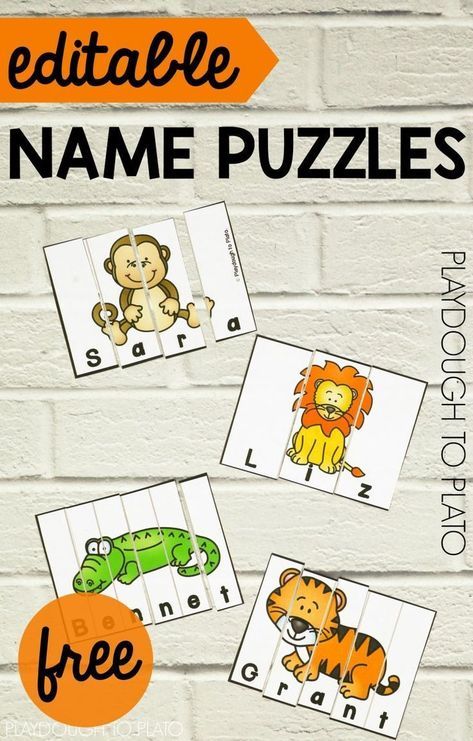
Here are a few tips to keep group time productive.
- Keep it short: Cap group time at five minutes to keep students focused on the task they need to accomplish. Once time runs out, call students back to discuss their takeaways and answer any questions they may have.
- Assign roles: Give each student a role within their group. Students will know what to expect when group work begins, so they’ll be able to focus easier.
- Provide sentence starters: Jumping into a group conversation with classmates can sometimes be awkward or intimidating. By providing the start of a sentence related to the topic, you’ll give students a jumping-off point to get the discussion started right away.
5. Get up and Move
Most elementary school kids don’t like to sit still for very long. Your kids deserve a break, and so do you. It’s time to get up and get moving.
If you see your kids lagging, give them a brain break or incorporate movement into your lesson to make it more fun and engaging.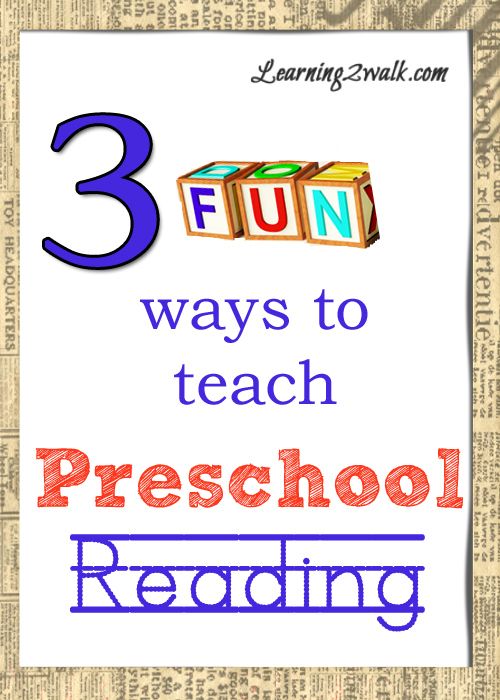 These breaks are a great way to give your students a quick two minutes of downtime.
These breaks are a great way to give your students a quick two minutes of downtime.
You could also incorporate movement into your lesson plans. Here are some effective teaching methods that encourage kids to move around.
- Silent discussion boards: Put up poster papers around the room with questions written on them. Students can walk around the room and write their answers to the question on the paper before moving on to the next question.
- Walking and talking: This method combines group work and movement to create an engaging setting for discussion. Students partner up and discuss the topic while moving around the classroom together.
- Stations: Divide the room into several groups based on different tasks or questions related to the topic. Every few minutes, students will rotate to the next station and begin the next task. This method keeps them engaged and allows them to tackle the topic from multiple angles.

Make sure you offer ample opportunities for movement. When they know a mini-break is on the horizon, your kids will stay more engaged and have much more fun.
6. Incorporate Hands-On Learning
Teachers have long relied on hands-on activities to make lessons fun and engaging. Apply these activities to almost any subject, from a preschool alphabet lesson to math, English and geography.
Hands-on learning, also known as “active learning,” puts students in control. Unlike traditional lecture-style lessons, hands-on activities encourage students to produce original insights, which pushes them to deeper levels of thought. Additionally, they can gain direct feedback from instructors on their projects, which can help encourage them to try hard in class.
An action-oriented assignment like an arts and crafts project is more meaningful to students and will likely be the lesson they remember most.
Learn About Sensory Play Equipment
7. Be Open to Creativity
It’s easy to teach from the same lesson plans year after year.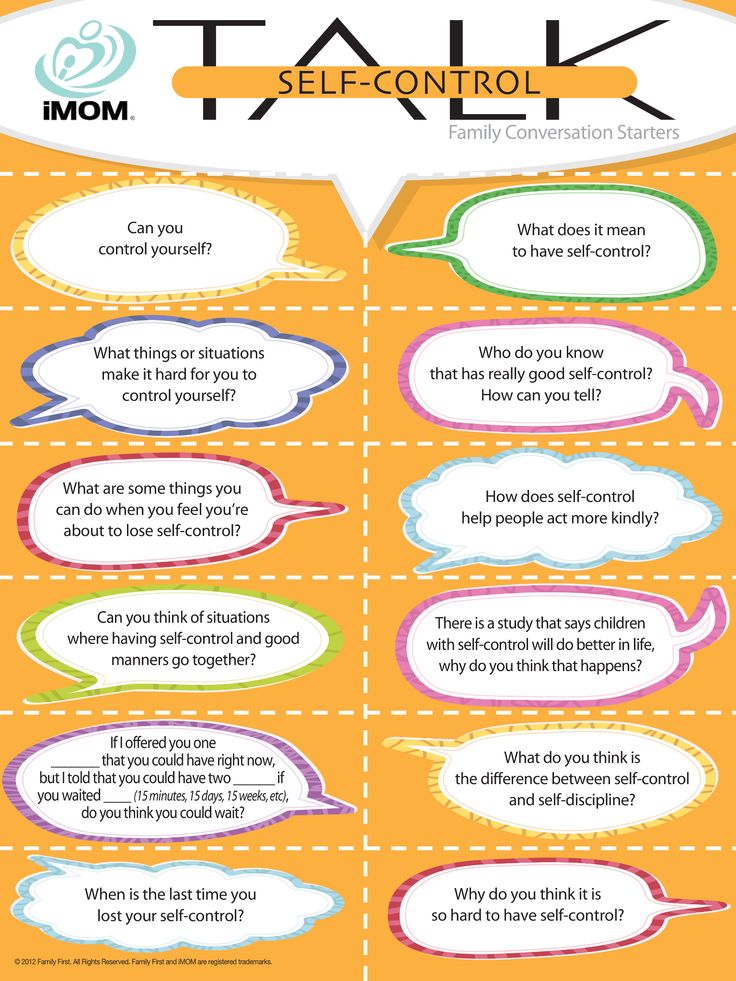 Once you have something that works, you may be a little nervous about trying something new. But remember — each year, you’ve got a new batch of students with various interests. Variety and creativity are the best ways to ensure learning stays fun.
Once you have something that works, you may be a little nervous about trying something new. But remember — each year, you’ve got a new batch of students with various interests. Variety and creativity are the best ways to ensure learning stays fun.
Essentially, you should be open to your students’ creativity. Give your class the freedom to modify assignments and projects as long as they run the changes by you first. You may find that their ideas give a unique twist to a lesson. Plus, when students come up with something on their own, it’s more meaningful to them and they can develop confidence in their decision-making skills.
Holding classroom discussions is one way to shake things up. Turning the conversation over to students can help them focus better in class and practice public speaking, which over time can lead them to become more self-assured. Plus, you can gauge their understanding of the material based on how they answer your discussion questions. This tactic works best in humanities or language classes where there is room for open-ended answers, but you can also apply it to math and science topics.
8. Schedule Field Trips
Who doesn’t have fond memories of their class field trips? These treks outside the classroom are an ideal way for your students to connect to the outside world and engage with what they’re learning. From plays and museum exhibits to historical places, these and other field trips will be more memorable than a classroom lecture.
If your school has cut the field trip budget, try taking an online virtual field trip. Or, maybe there’s a cool opportunity within walking distance of your building. No matter how you offer a trip to your students, it’ll be a fun way to learn.
9. Make Technology Part of Your Lesson
Technology is a given in today’s world. From tablets and laptops to YouTube and Netflix, your kids experience an endless stream of devices, sites and software every day. Use technology as a tool to make learning more fun, familiar and accessible.
Stock your classroom with tablets that have exciting educational apps. Or show your kids a short clip on YouTube or TeacherTube.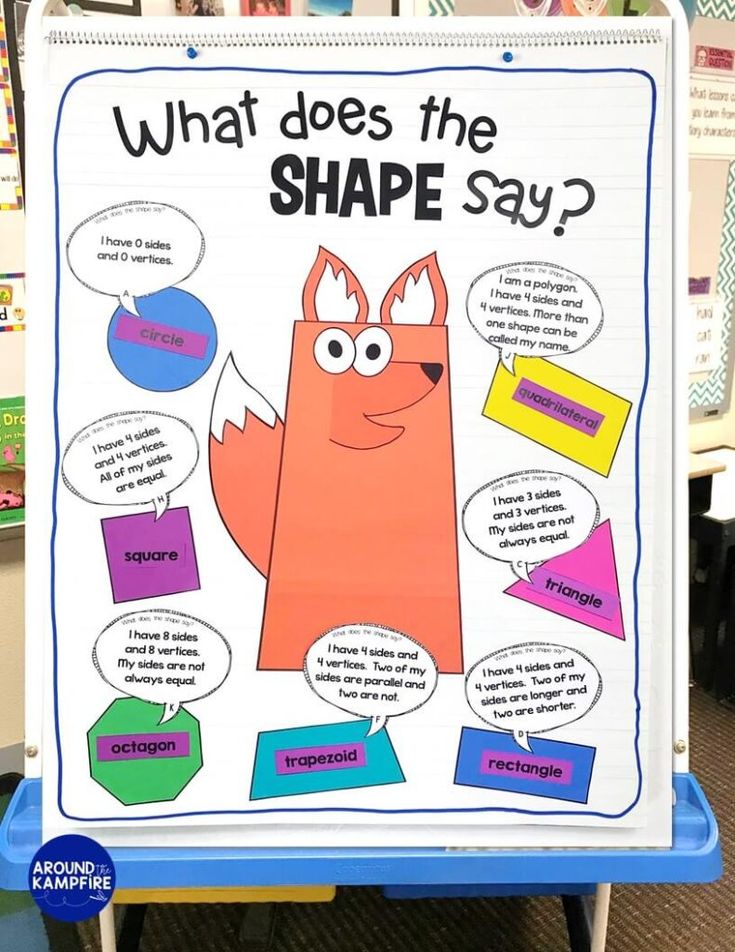 You can even create a PowerPoint or a video of your own. Technology is a great way to meet some of your students’ instructional needs. Additionally, integrating technology into the classroom can prepare students with the skills necessary for the professional world – most careers nowadays use some form of technology, so students must become familiar with widely used programs early on.
You can even create a PowerPoint or a video of your own. Technology is a great way to meet some of your students’ instructional needs. Additionally, integrating technology into the classroom can prepare students with the skills necessary for the professional world – most careers nowadays use some form of technology, so students must become familiar with widely used programs early on.
10. Take the Fun Outside
Recess — is there any word that brings more joy to a student’s heart? Looking forward to these outdoor excursions can make their in-class time more fun and engaging.
Kids need a break, yet many schools are doing away with recess in favor of academics. However, research shows that getting outdoors, playing on the playground and engaging with friends primes their brains for learning. Along with that, you and your students could enjoy these additional benefits of having class outside.
- Learning about different subjects: Of course, outdoor lessons can be ideal for science classes.
 But you could also go outside to supplement a reading class focusing on nature or an art class exploring landscapes.
But you could also go outside to supplement a reading class focusing on nature or an art class exploring landscapes. - Improving grades: Taking lessons outside can boost grades. Kids can become more engaged with learning and grow their critical thinking skills, increasing their chances of doing well on tests and assignments.
- Reducing stress: You and your students deserve the chance to relax. Take a break from tests and lectures to spend some time outside and reduce everyone’s stress.
View Outdoor Play Equipment
Get the Benefits of Teaching Outside With Playground Equipment
When you want to make school and learning fun and share the benefits of having class outside with your students, it helps to have an area made for kids. Talk to administrators about creating or enhancing your existing play spaces to give everyone in your school the chance to enjoy outdoor learning and play.
Playgrounds are valuable educational tools that you can use for applied lessons.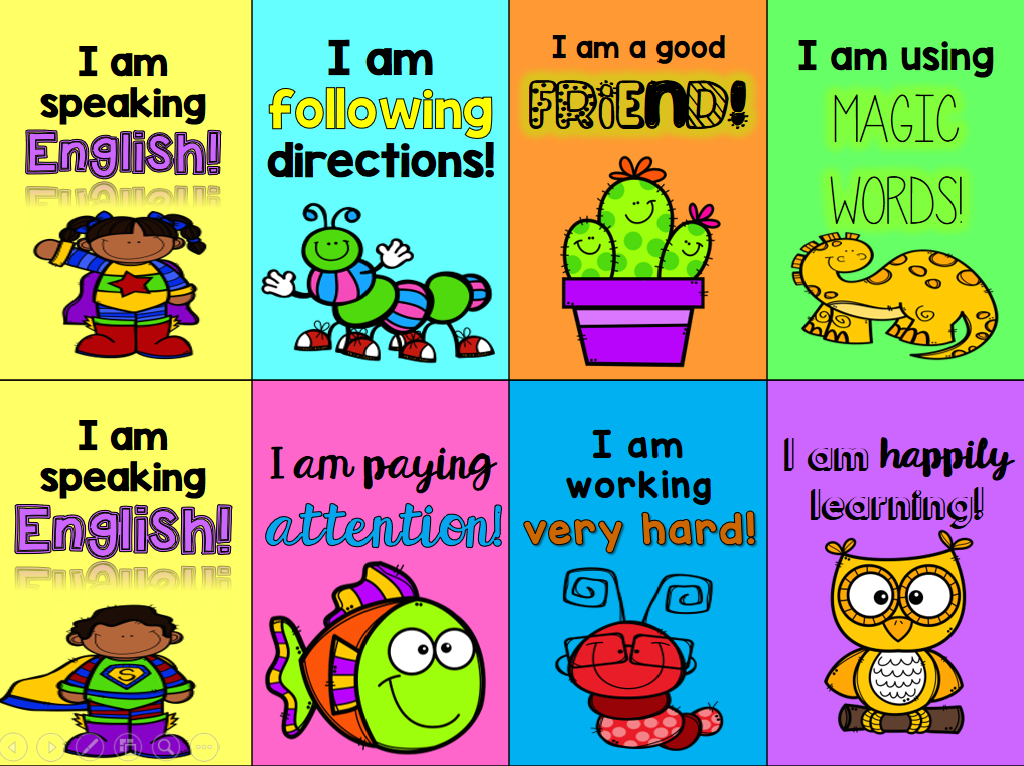 You can even let kids have unstructured playtime to enjoy the benefits of playing outside, like improved problem-solving skills, confidence, independence, communication and creativity.
You can even let kids have unstructured playtime to enjoy the benefits of playing outside, like improved problem-solving skills, confidence, independence, communication and creativity.
Miracle® Recreation Equipment Company would be happy to help you create a play area that promotes those developments and more for your students. We manufacture exciting play structures and components with a commitment to safety that’ll add plenty of opportunities to your school’s outdoor spaces. And with playground structures for kids ages 5 to 12, we’re sure to have something for your students. Consider these Miracle play equipment options to engage kids with learning outside.
- Themed playgrounds: Our themed playgrounds encourage creativity and storytelling. Bring play and your classroom lessons to life with themes from trains to fire engines and anything else you can imagine.
View Themed Playgrounds
- Cooperative elements: Features that encourage kids to play together give you the chance to teach a lesson in cooperation and friendly competition.
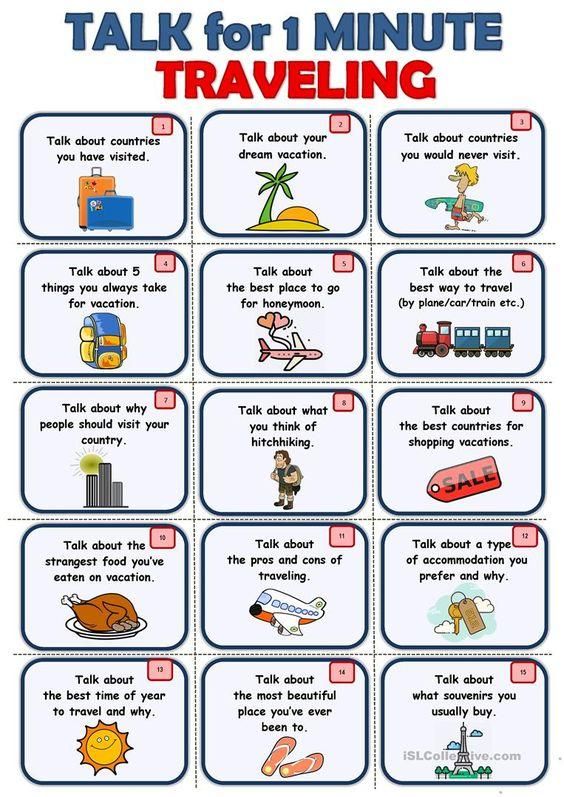 Use the Buddy Rocker to help your students learn about movement through cooperative play. Or choose a dual slide, like the Bump and Glide Slide, to encourage friendly competition.
Use the Buddy Rocker to help your students learn about movement through cooperative play. Or choose a dual slide, like the Bump and Glide Slide, to encourage friendly competition. - Interactive components: The entire playground is an interactive zone, but specific additions lend themselves to outdoor lessons. For instance, consider the Chime Panel and standing Concerto Chimes for an outdoor music class.
- Educational accessories: Add features like fun puzzles or our Alphabet Panel to engage kids with learning opportunities as they play outside. Teach young children about spelling and the alphabet with a quick outdoor lesson before they get back to playing.
To ensure your students get the playground they deserve, invest in high-quality equipment that’s as thrilling as it is safe. With Miracle Recreation, your school can receive a customized playground design that meets all your needs to ensure your kids have the best environment for outdoor play.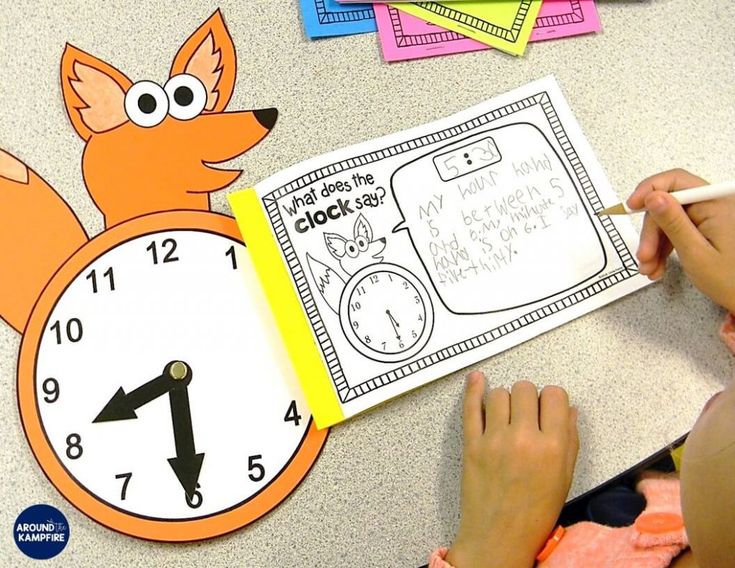
Learn more about our thrilling and safe playground equipment for schools. As your students look forward to another fun-filled recess, classroom time will feel more engaging and exciting. Contact us to discuss what works best for your school.
How to Make Learning Fun for Kids: 11 Amazing Ideas
Teaching kids is hard. Whether you’re a parent, an educator, or someone else in a caregiving role, you know the challenges that come with teaching kids.
My eLearning World: Training Techno...
Please enable JavaScript
My eLearning World: Training Technology Without Borders
They get distracted easily, tire out, get bored, and lose interest if you’re not on top of your game.
That’s why it’s so important to find ways to make learning fun.
It can be hard to make learning fun for kids, but it’s definitely not impossible!
Studies have shown that kids learn better when they are having fun (particularly during early childhood education), so it’s a good idea to try and make learning as enjoyable as possible for them.
The good news is there are many different ways to make learning fun for kids!
From using learning apps like HOMER to going on field trips, there are countless ways to put some fun into your educational activities.
Take a look below at how you can make learning more exciting and interesting for your children.
No matter how young or old they are, the possibilities of how to make learning fun for them are endless!
The Best Ways to Make Learning Fun
There are all sorts of different things you can do to make learning fun. Here are some of our favorites based on our experience.
1. Use educational apps to make learning exciting
These days, there’s an app for just about everything, and that goes for learning too. There are math apps, reading apps, coding apps, science apps…the list goes on and on.
The great thing about the best education apps is they let kids learn while playing games they love. In fact, kids don’t even realize they’re learning a lot of the time — they’re just excited to play.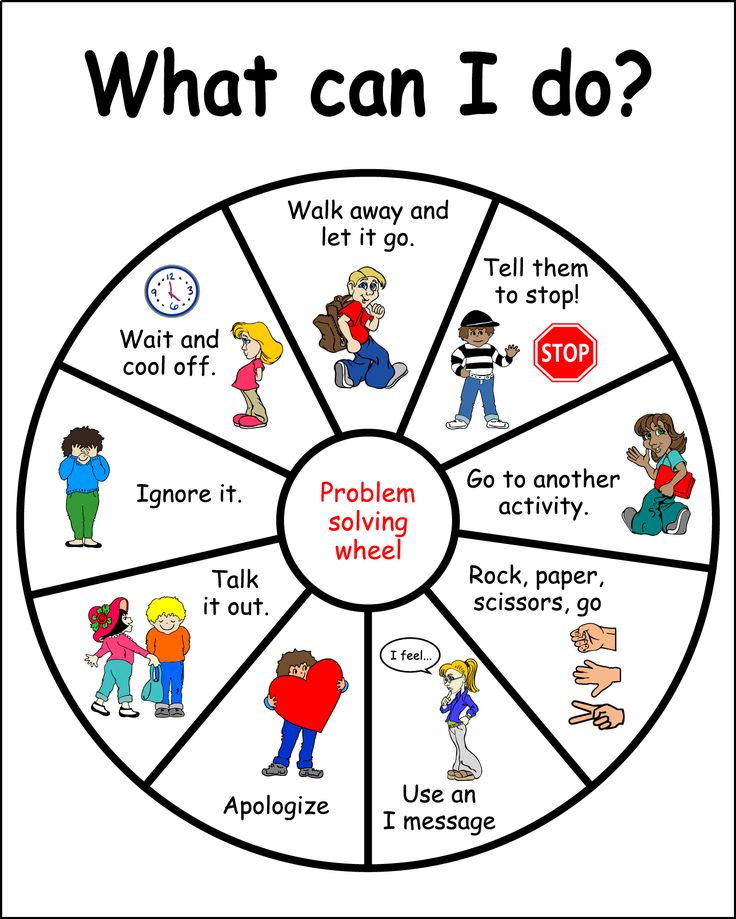
There are plenty of great educational apps out there that will make learning fun for your kids while keeping them engaged. A couple of our favorites include HOMER ( they offer a free 30-day trial) and codeSpark Academy (check out their free 7-day trial).
Many of these fun learning apps are even free or very cheap. And almost all of them offer free trial periods that let you test out the app before signing up for a subscription.
2. Play games with your kids that teach them things
It’s really important to play educational games with your kids that teach them things.
When you play games together, it becomes a fun learning experience for them. They will learn more quickly and easily when they are enjoying themselves.
There are many different kinds of learning games to engage students that teach different things, such as math, science, and how to be a good person.
Rhyming games, car games (like “I Spy”), and listening games are all fun, engaging activities that don’t require any materials to play.
Of course, there are plenty of fun learning games you can buy as well.
One very popular game is called “Sushi Go”. This card game involves sequencing numbers and matching cards to create sets. It’s also something kids can play with their friends as well as family members.
Another great educational game to check out for your kids is “Sum Swamp”. With “Sum Swamp”, students learn how to add numbers in a fun way. They also have to work together with their friends to win the game, which teaches strategy and how to work as a team.
And of course, there are classic games like checkers, chess, and Jenga that all teach critical thinking skills and other lessons.
Board games actually make great educational games because they teach kids to think about rules and parameters while strategically planning how to win.
3. Encourage your kids to explore their creative side
Another great way to make learning fun for kids is by encouraging their creativity.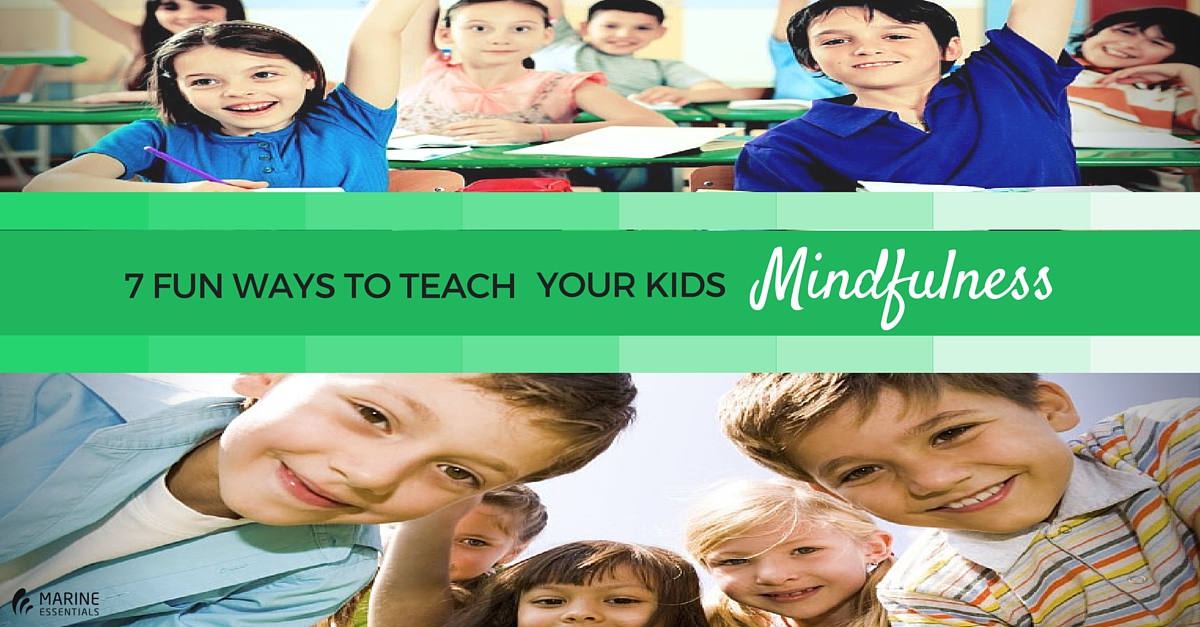
There are many different strategies you can use to do this.
For instance, when it comes to how to make learning fun in your home, you can decorate a whole learning area with visuals and posters related to the subjects they’re learning about. In their bedroom, you can hang posters of numbers and vocabulary words they’re learning how to spell.
Painting, writing, and building crafts are just a few creative activities that can be used to help kids learn different things.
Creativity opens the mind to thinking in new ways and can be used to help students learn all sorts of concepts and ideas.
4. Do hands-on activities and experiments
Kids learn best when they’re engaged and active, so it’s a good idea to do hands-on activities and experiments with them.
This will help keep them interested and motivated while they learn.
There are many different kinds of activities and experiments you can do with your kids, depending on their age and interests.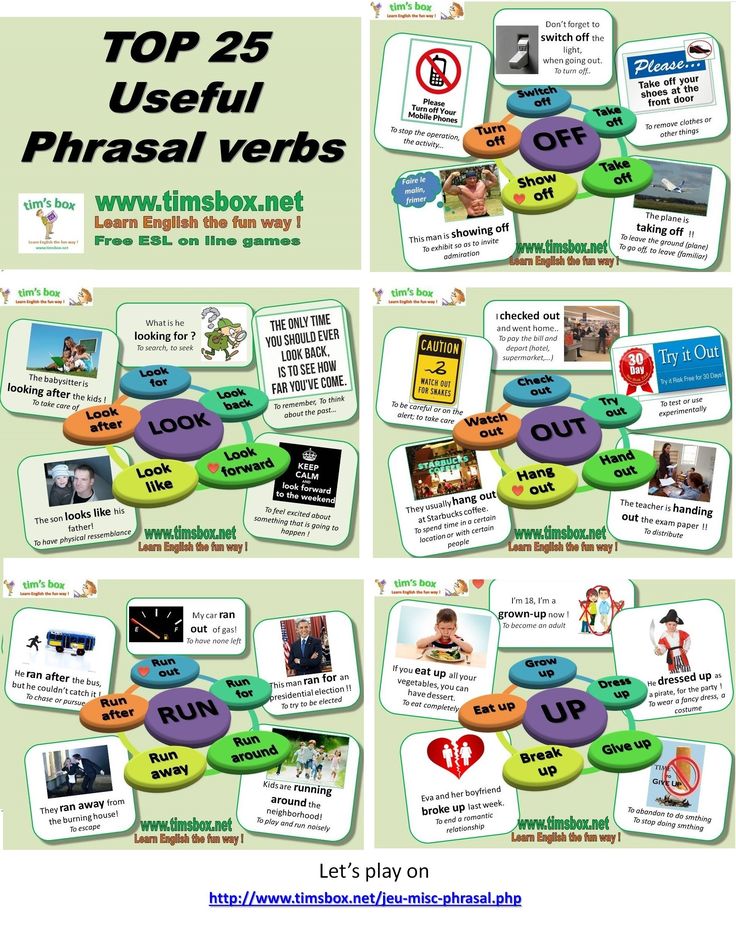
For younger kids, you can do things like fingerprinting experiments, coloring, or making simple crafts.
You can also do science like making slime or learning how to make a rainbow.
Older kids can get more involved in hands-on activities and experiments. They can help make dinner, for example, or bake a cake. They can also do more complicated science experiments or build things using wood.
They can also help you in the yard, garden, or with other outdoor chores.
The possibilities are really endless for how to make learning fun through hands-on activities and experiments at home! There are even some great educational gifts you can give your child that include fun activities for them to do.
With a monthly science subscription box like Kiwico, you can get project kits for experiments sent to your home each month with something new and fun for your kids to do. See our Kiwico pricing guide for more info.
5. Create a fun learning environment
It’s important to make sure that your learning area is visually stimulating and exciting for kids.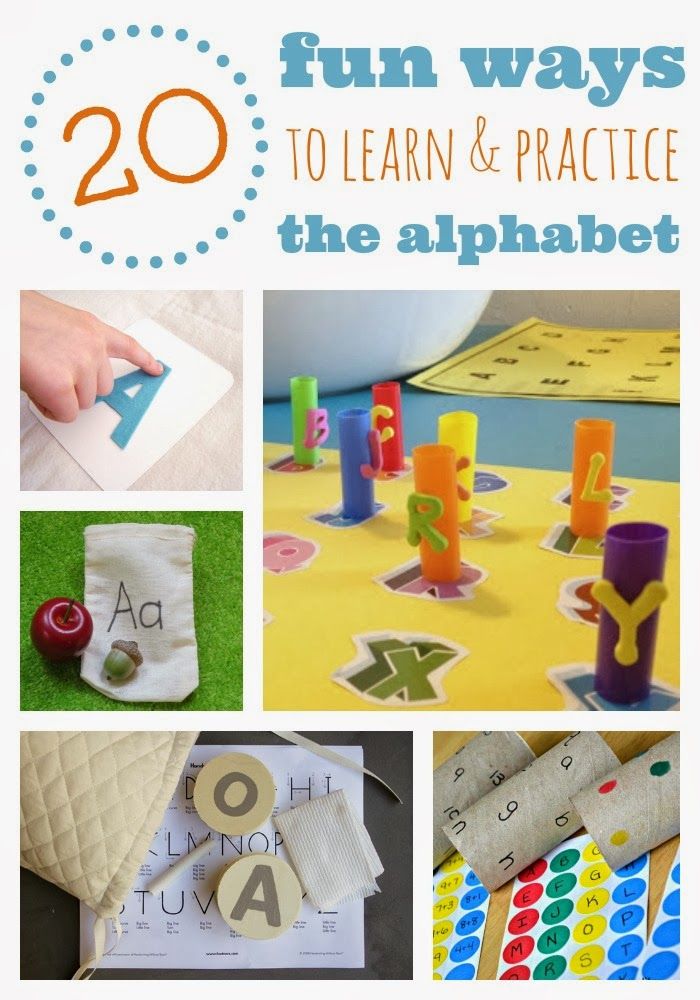 A boring setting will lead to a bored child.
A boring setting will lead to a bored child.
Put posters around the house or in your classroom of things they’re learning about (like animals) so it’s always there for them when they need it!
You can also put out objects from the topics they’re learning to create a more tangible learning experience.
Adding visuals will help your child to learn how to make learning fun and the information stick in their minds better.
6. Make flashcards together as a family and quiz each other on what you’ve learned
Flashcards are a great tool for remembering important information, but you can take this a step further by getting your kids to create them with you.
There are many benefits of using flashcards for learning.
One of the biggest advantages is that they make learning fun and interesting.
Flashcards are also a great way to help kids learn how to spell words and remember important information. They can be used for any subject, and you can make them as simple or complex as you want.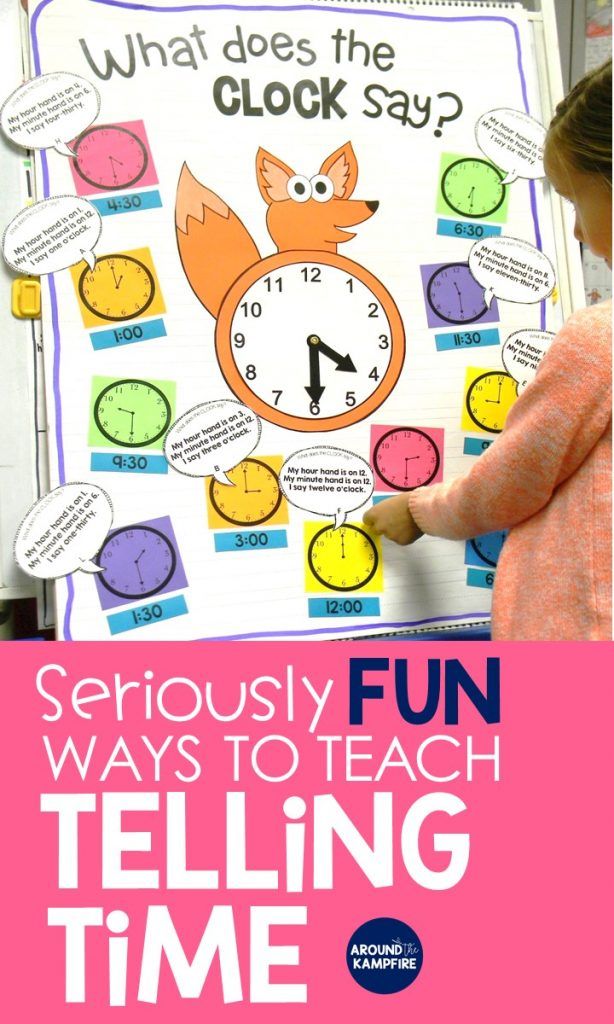
Another great thing about flashcards is that they can be used anywhere. You can take them with you on trips, to the doctor’s office, or even to bed. This makes it easy for kids to continue learning even when they’re not in school or doing homework.
There are many different ways to make your own custom flashcards.
You can find a template online, design them together on the computer, and print them out.
Or you can get some index cards and make your own by hand.
You can also get creative and use different shapes of cards, such as the alphabet.
The possibilities are endless for how you can make learning fun through flashcards at home with your kids!
7. Make learning fun by incorporating it into their everyday life
One great way to make learning fun for kids is to incorporate it into their everyday life.
There are many different ways to do this, depending on their age and interests.
You can also have them help you with regular tasks around the house, like cooking or cleaning.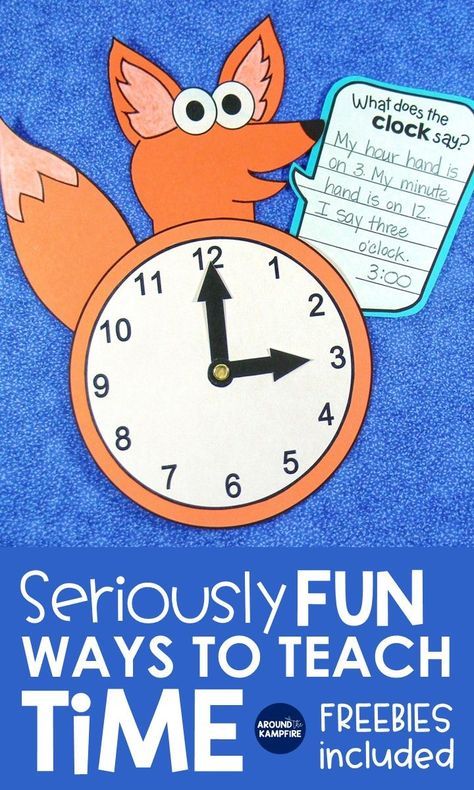 This will help them learn how to do chores and also give them a sense of responsibility.
This will help them learn how to do chores and also give them a sense of responsibility.
Or you can take them with you to the store and have them add up the price of different items as you fill up your cart.
For kids just learning how to read, you can have them read street signs and other important information as you’re out and about running errands.
No matter what it is that you’re doing, there’s an opportunity to turn it into a learning experience.
8. Let your kids work together with others
One of the best ways to make learning fun for kids is to let them work together with others.
This can be in a classroom setting with other students or even at home with a sibling or friend.
There are many different benefits to letting kids collaborate and learn from each other.
One of the biggest advantages is that it helps them learn how to socialize and work together effectively as a team. These kind of communication skills are some they will use throughout their lives.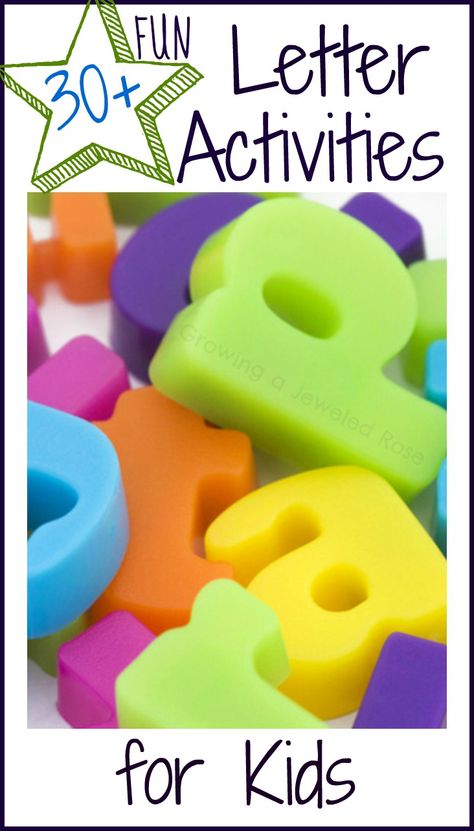
Collaborating also helps kids learn how to share and take turns, both of which are essential skills for cooperation.
Working with others allows kids to get more out of the learning experience. They can share ideas, ask questions, and help each other understand the material better. This makes learning more fun and interesting for them.
Collaborative learning can be used in almost any setting, including the classroom and online. There are many free collaborative learning programs that you can download to your computer or tablet for easy access. Or you can create your own project with kids using Google Docs or another similar program.
9. Give plenty of breaks
Kids need a regular brain break when learning. Their attention span is only so long, and if you push them too far, they’ll shut down and start to get frustrated.
Their minds will also work better afterward.
Most kids will need a short break every 30-60 minutes.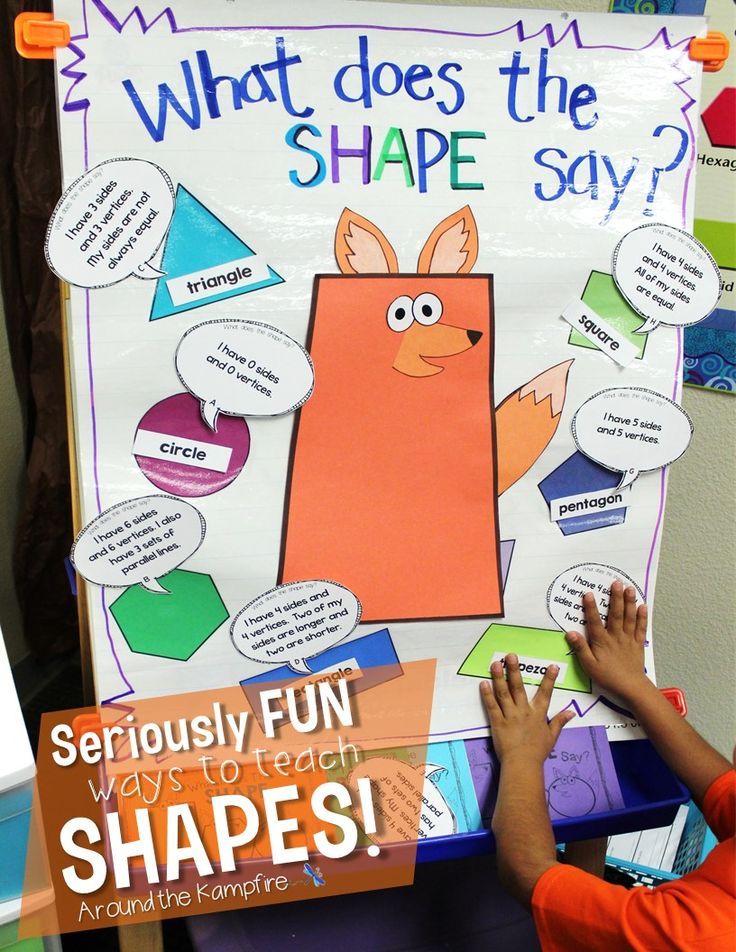
You can also combine breaks with fun activities, like playing a game, doing some jumping jacks, or going for a walk (getting them moving is very important!). This will help refresh their minds and make learning more enjoyable.
10. Get out on a field trip
Field trips are a great way to make learning fun for kids. They can get out of the classroom or house and explore new places while learning at the same time.
There are many different types of field trips that you can take your kids on.
You can go to a museum, park, or historical site. You can also go on nature walks or hikes, visit a farm, or go to the zoo.
Field trips offer a variety of learning experiences that kids wouldn’t normally get in a classroom setting. They can learn about history, science, nature, and more.
They can also see things in person that they’ve only learned about in school. This helps them make connections between what they’re learning and how it can be applied in the real world.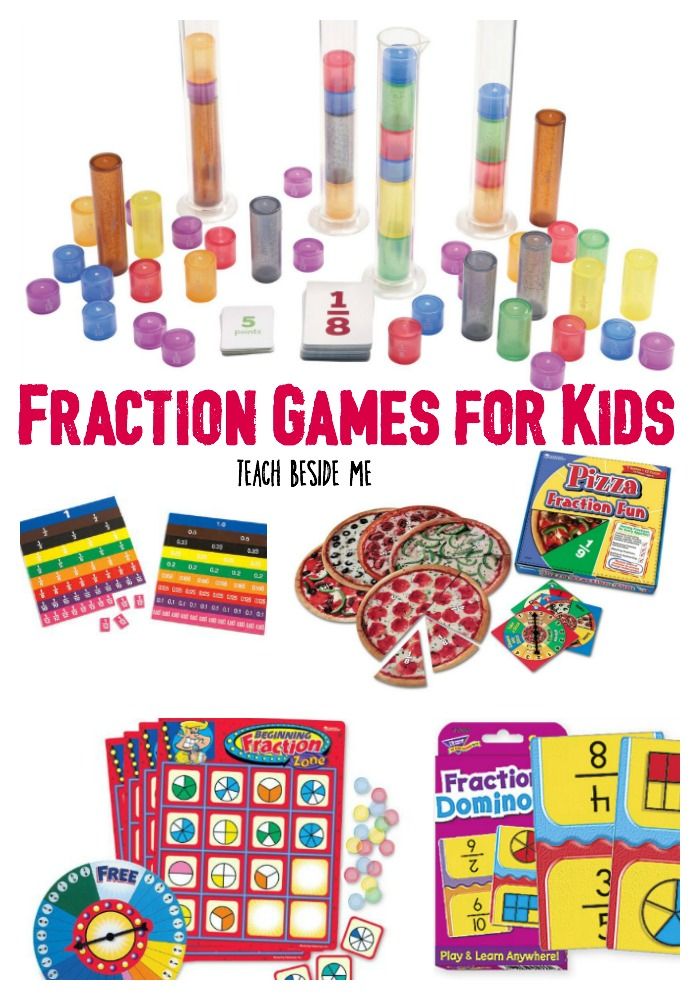
You can plan a field trip with your kids and their classmates or just go by yourself, taking them on some of those alone time activities that they need every now and then.
11. Keep lessons short
Kids don’t have the patience or interest to sit through an hour-long lecture. It is important to keep your lessons short.
This will help keep your kid’s attention on what you are teaching them.
If the lessons are too long, they might get bored and not learn anything.
That’s why microlearning has become so popular in recent years.
With microlearning, it’s all about how you can fit large amounts of information into several small chunks. This makes learning more digestible for kids, which is important when they are first starting to learn how to read or do math.
This will help kids stay engaged in what they’re learning.
Final Thoughts on How to Make Learning Fun for Kids
Understanding how to make learning fun is a complex process that can be difficult if you don’t have the right experience.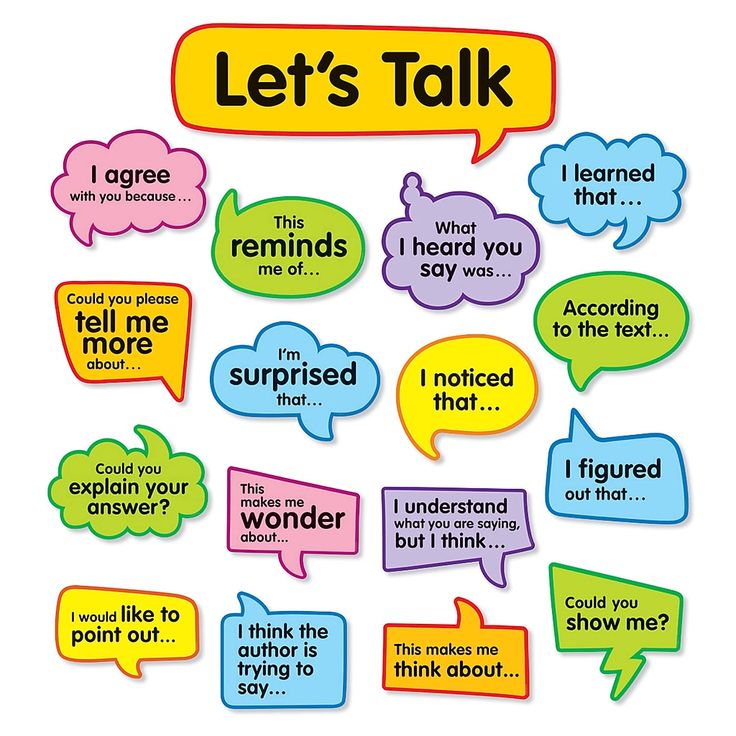
Fortunately, there are many different ways to keep kids engaged and interested in what they’re learning by making it more interactive and interesting for them.
Whether your goal is just to get through school with less frustration or create lifelong learners who will succeed professionally, these tips should give you some ideas on how you can use games and activities as an education tool that makes kids excited to learn.
What are your best tips for making learning fun for kids? Share them with us by leaving a comment below.
- Author
- Recent Posts
Scott Winstead
Hi, I’m Scott Winstead, an e-Learning technology geek with 20 years of experience. Follow this blog for opinions on blended learning and flipped classroom techniques, reviews of home studio equipment, and tips for voice-over actors and digital audio content makers, technology how-tos, and more!
Latest posts by Scott Winstead (see all)
13 proven ways and fun games.
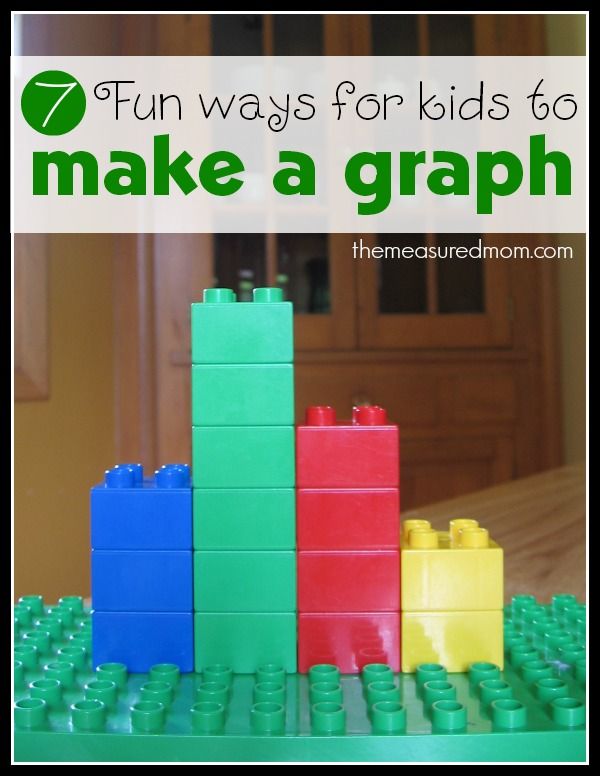 Learning to read while playing. How to teach a child to read?
Learning to read while playing. How to teach a child to read? When you teach a child to read, the most important thing is to explain why he needs it. That is, it is necessary to create motivation, to interest the baby. And what is there to interest a child in, if not with an exciting, exciting game?
What letter is this?
You don't have to buy expensive textbooks or lotto to learn the letters - you can do a lot of things on your own in literally five minutes. The main thing is that the games are varied and that you and your child like it. It is very important for children to feel everything, and letters can be folded from any materials at hand: counting sticks, matches, pieces of pasta, sculpt them from plasticine...
Look for a letter! If the child likes to trace and paint over, then write on a piece of paper 15 letters similar in spelling, but of different sizes and colors: A, P, N, L, D, G, or W, E, W, H, C, Y, or B, C, F, R, I, S.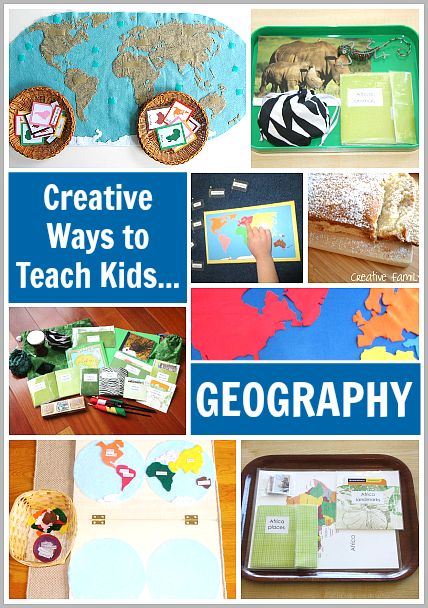 You can come up with a variety of tasks - circle only A, or circle all the same ones in the same color, or connect the same letters with paths, or underline some, circle others, and cross out others ...
You can come up with a variety of tasks - circle only A, or circle all the same ones in the same color, or connect the same letters with paths, or underline some, circle others, and cross out others ...
Letters on cards. nine0012 You can make several sets with the same cards, on each of which write one letter. You and your child take a set of cards each (start literally with 2-3 letters, and first with vowels), say a sound, for example, "O" and show such a card. The kid is looking for the same one. Then you make a sound, and he himself looks for the right card. Then you can play "silent movie" - round your mouth as if you want to say "Oh", and the baby guesses what sound you were going to make. You stretch your lips with a tube, as if you are going to say "U", and the baby says "U" and looks for a card with this letter. nine0005 What letter does it begin with? We mastered this game in three years. At first, I specifically singled out the first letter (more precisely, the sound): "Ah-a-a-watermelon, what does it start with? And what letter does u-duck begin with? And sh-sh-sh-hat?" Guess what I said? At about the age of three, we also started playing games with syllables. Kosh. Ka? Continue the word. I say the beginning of the word, and the child guesses what's next. "Kosh?" — "Ka!" Galya says happily. — So-ba? - Ka! It is very important for a child to understand the difference between words and the real objects that denote them. If the kid likes to count everything, then you can count how many letters are in the word. At first we played like this with written words, and then Grishka learned to determine the length of short words by ear. When the baby understands how to play, offer to compare which word is longer: "onion" or "potato", "umbrella" or "umbrella", "snake" or "worm", "pencil" or "pencil"? Zaitsev Cubes. I tried to teach Grishka using Zaitsev's cubes, but this did not arouse enthusiasm in him. He was more interested in the sound: Grishka was ready to open each cube to see what was knocking or ringing inside. nine0005 On the one hand, the idea of syllables on blocks is brilliant. On the other hand, I personally liked the cubes much more than my children - I don’t know what the secret is ... Probably, in a large group of children, the cubes work better, but at home this is not the most convenient tool. However, sometimes Grishka agreed to read cubes a little. Magnetic alphabet. Our magnetic letters hung not on the blackboard, but on the refrigerator, and we read a couple of words almost every day. Sometimes Grisha himself put together some words and asked me to read what he got. nine0005 Guess the whole word. I made this game for my son myself: on the left side of the piece of paper I write 4-5 short words, and on the right - pictures for them, but in a different order. For example, whale, cat, house, smoke, forest, poppy, cancer, elephant, table, chair, window, stork, oak, sea, fish, water, knife, ball, ball. Grishka reads the word, circles it and connects it with the correct picture. It was in this way that he learned to recognize the whole word and understood the essence of reading. Some people think that it is necessary to learn how to combine letters into syllables, but it seems to me that it is much more important that the child understands the essence - these letters mean some real object! nine0005 Find pairs. "That's how much I won!" he said proudly. nine0005 A funny book. We take several sheets of paper, fold them in half and sew them into a book. Then we turn the book with the fold up and cut the pages into 3 or 4 parts. On each strip we write a word to make a phrase. Mother brews delicious soup. Male cuts thick oak Anya eating own pie. Cat sees white mushroom. Vasya colors old fence. Masha washes new table. Peter sawing blue chair. You can read each phrase aloud to your child, but it is much more fun to turn the page not entirely, but in parts. Then you get funny phrases: Mother washes blue pie. Male sawing new table. Cat brews old fence. You can color the vertical parts in different colors: the subject in one color, the predicate in another, the object in a third... You can immediately emphasize them, as in school - the child will remember this easily, even if you do not pay special attention to it. Many children enjoy looking for prizes and treasures. First, you buy a dozen simple envelopes and put simple notes in each envelope like: "Look in the closet." You can put the prize right in the closet, or you can leave the second envelope there: "Look for dad on the table", "Look in the kitchen under the chair." nine0005 As your child learns to read, you can leave him more complex notes. When the child begins to read short phrases smartly, you can send him letters - from a gnome, from a cat, from fairy-tale characters - as you like. Well, then you need to find a simple book that the child would be interested in reading, start reading aloud - and leave unread in a conspicuous place. It was boring for my son to read the alphabet, where Nina and Inna are at the window. In many alphabets and primers, one letter is added per lesson, but this was not so important for Grishka, because he knew almost all the letters. And I began to invent short stories for him, and those that would be interesting for him to read - about the boys who built a hut, about the ship that sailed to Africa. I wrote these stories in block letters on a regular sheet of paper, and a new word appeared no earlier than Grisha had read all the previous ones. The son tried to read as quickly as possible to find out what happened next. nine0005 The first experience of reading is very difficult for a child, especially as long as he reads each word for a long time and with difficulty. Whatever you teach your children, the result will be not one, but several. Suppose you are teaching a toddler to read. The first result is obvious - the baby began to read on his own. Hooray! The second result: the child was able to change his attitude to learning in general, for example, now he believes that learning something new is very interesting (or, conversely, that it is very boring). Outcome 3: Your relationship with your child changes. If you successfully taught him to read, but it was given at the cost of threats, screams, scandals, then perhaps it was better not to teach - but to remain friends ... Teach your child to read by syllables, but nothing works? Do you repeat 10 times, but after a couple of seconds he forgets everything, and all your attempts end in screams and tears? Of course, school is coming soon and a slight panic seizes you, but relax and don't worry. If your child already knows the letters, but doesn't want to learn to read by syllables, most likely you just didn't explain why he needs it. Arguments like “to learn to read”, “to do well in school and be no worse than others” do not work. The child needs to understand why he is doing this at the moment? That is, you must “sell” him the idea of learning to read in syllables so that he wants it himself and is still satisfied. Start with what your child is interested in. For example, while walking around the city, draw his attention to the poster of a cinema or circus and ask: “Are you interested in knowing which cartoon will be shown in the cinema? Let's honor." Or here is another good example: “Ice cream, what flavor would you like? Let's read what they offer here? Of course, the child will say that he cannot read and ask you to help him. The idea is "sold" - you can start learning! If your child does not yet know the whole alphabet, then at the same time as learning the letters, you can start making small words out of them. Did the child learn two or three letters? For example "M", "U", "I". Fine! Fold them immediately into the word "MEW" and ask the child who does this. Then ask him to repeat after you syllable by syllable: “meow”, pausing after the first syllable. Thanks to this approach, it will be easier for the child to read longer words in syllables in the future. nine0005 The first rule that all parents should remember before starting to teach anything to their child under 7 years old is no coercion, always translate everything into a game. Then your child will be happy to participate in the process, and you will see the result faster. Therefore, all the exercises that we have selected for you are in the form of a game. Take some plastic Kinder Surprise eggs and small cardboard cards with letters. Think of a game scenario. For example, put the letters in the eggs that make up the name of the child's favorite cartoon character according to the principle - one egg - one letter. Then call the child and say that you need to find the name of the hero, otherwise he is lost and cannot find his way home. Then begin to open the eggs together and fold the name in such a way that there is a small distance between the syllables, for example "BIN-GO". As soon as you add up the name, ask the child to read it in syllables and call the hero so that he can find his way home. nine0005 When the child manages to name all the characters, you can give him the toy characters he called (if there are such toys at home) or turn on your favorite cartoon. Take blocks with letters and together with your child make a syllable out of two letters. For example, let there be a syllable "BA". Say the syllable several times so that the child remembers it. Then ask him to find the familiar syllable "BA" on the pages of any book. Of course, it may not work the first time. But nothing, praise the child for every syllable found and say that this is just a game and in case of failure you should not be upset. This exercise develops visual memory well and helps the child get used to syllables. What could be more boring than just combining vowels and consonants into syllables? Another thing is to teach letters to be friends so that they make up words. You will need a metal board and letters on magnets. Arrange the letters on the right and left in this order: Then tell the child that the letters quarreled and they need to be connected and made friends. ⠀ Also learn to read by syllables with our free games. In this exercise you will have to get a little creative. Take an A4 sheet and draw a dog on it. Sign the word “SO-BA-KA” under the drawing by syllables. Then take scissors and cut vertically so that you get three equal parts with pattern elements and syllables. Ask the child to read each syllable separately, and then ask the dog to collect and read the word syllable by syllable. nine0005 If you have no time to draw yourself, look for similar puzzles in the store. This fun activity will quickly help your child learn to read long words. Blocks or cards with letters are suitable for this exercise. Then make new words from individual letters: "JUICE", "TANK", "BOK", "KO-SA". Make up words in turn, ask the child to read each syllable by syllable and explain the meaning of what they read. This exercise allows you to learn to read several words from already familiar syllables in one session. Practice with your child every day for 10-15 minutes and in a couple of weeks you will see the first results. Your child will learn to combine letters into syllables and will already be able to read small words in syllables. And most importantly, he will do it with great enthusiasm and pleasure, because the whole learning process is an exciting game. In order to read by syllables, it is useful to be able to break any word into syllables and then assemble it into a whole. I spoke first with small pauses, then with medium ones, then with large ones: "Ma. Ma. What will happen? That's right, mom!" Why this game? And then that sometimes children who are intensively taught to read can pronounce a word by syllables, but at the same time they do not understand what kind of word they read. nine0005
In order to read by syllables, it is useful to be able to break any word into syllables and then assemble it into a whole. I spoke first with small pauses, then with medium ones, then with large ones: "Ma. Ma. What will happen? That's right, mom!" Why this game? And then that sometimes children who are intensively taught to read can pronounce a word by syllables, but at the same time they do not understand what kind of word they read. nine0005
Ma. Shi. On?
Ka. Sha?
RU. bash. Ka?
Av. That. Bus?
- Before? — Mick! Road! Board!
— Ry? - Ba!
— De? - Darling! Wood! Village!
— Ko-ro? - Wa! Cow! Crown! Box! Objects and words
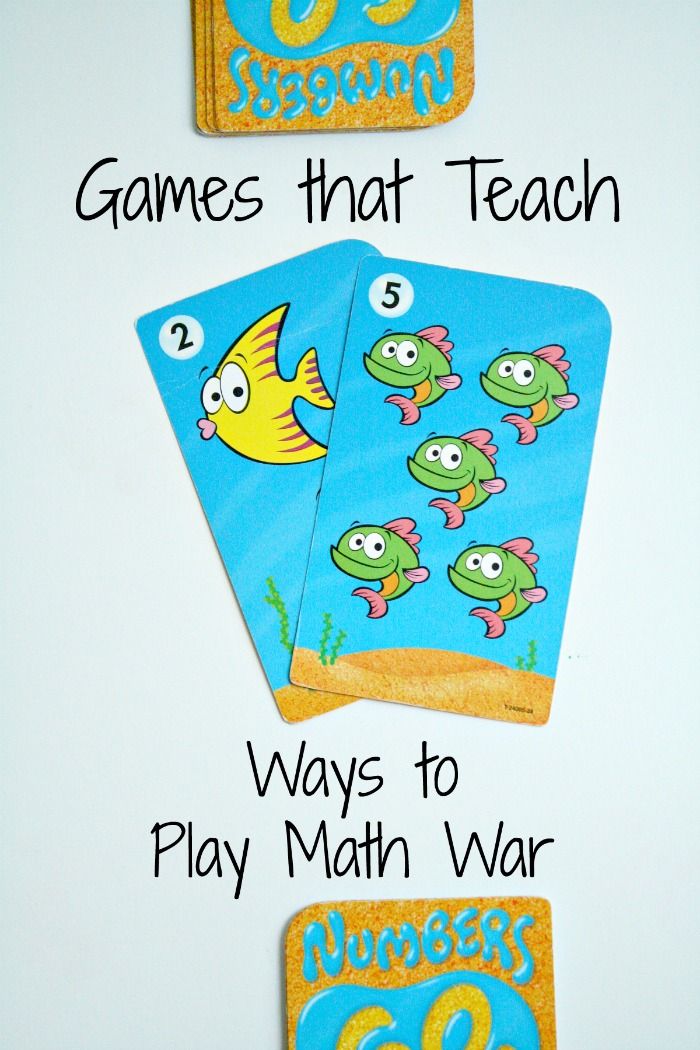 "ONION" is a word, and it does not pinch its eyes, and it is better to move away from a real onion when mom cuts it. nine0005
"ONION" is a word, and it does not pinch its eyes, and it is better to move away from a real onion when mom cuts it. nine0005 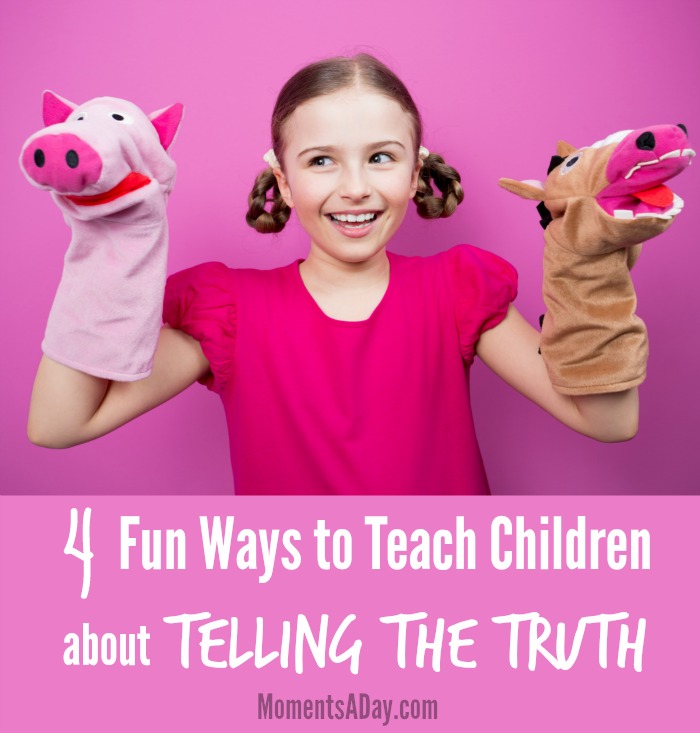 Ordinary lotto cards suited us better.
Ordinary lotto cards suited us better. 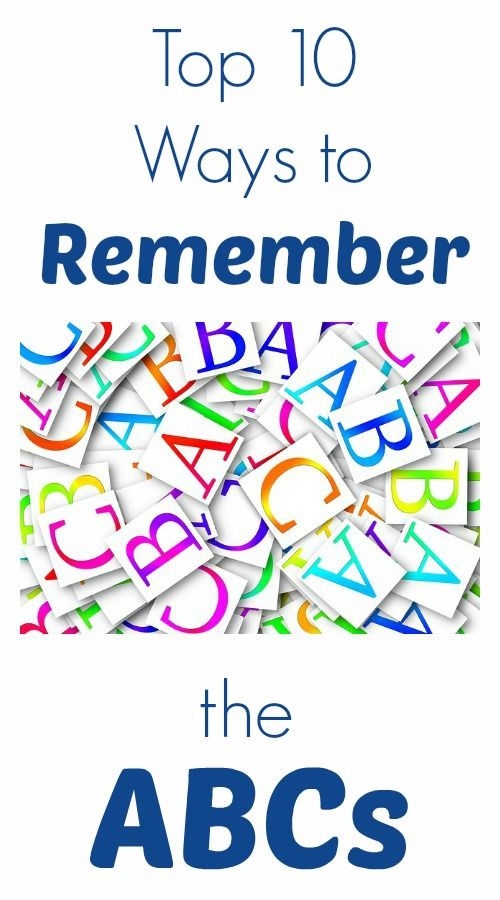 We had a bunch of old lotto cards lying around at our house. At first, I simply signed all the words with a felt-tip pen on the reverse side. Then I chose a dozen paired pictures from them, and we started playing like this. I put the cards with the pictures down, and with the letters, therefore, up. Grishka looks for the same words, reads, turns the pictures over, checking himself, and takes a couple of pictures for himself. Grishka liked this game because the mountain of cards grew very quickly.
We had a bunch of old lotto cards lying around at our house. At first, I simply signed all the words with a felt-tip pen on the reverse side. Then I chose a dozen paired pictures from them, and we started playing like this. I put the cards with the pictures down, and with the letters, therefore, up. Grishka looks for the same words, reads, turns the pictures over, checking himself, and takes a couple of pictures for himself. Grishka liked this game because the mountain of cards grew very quickly.
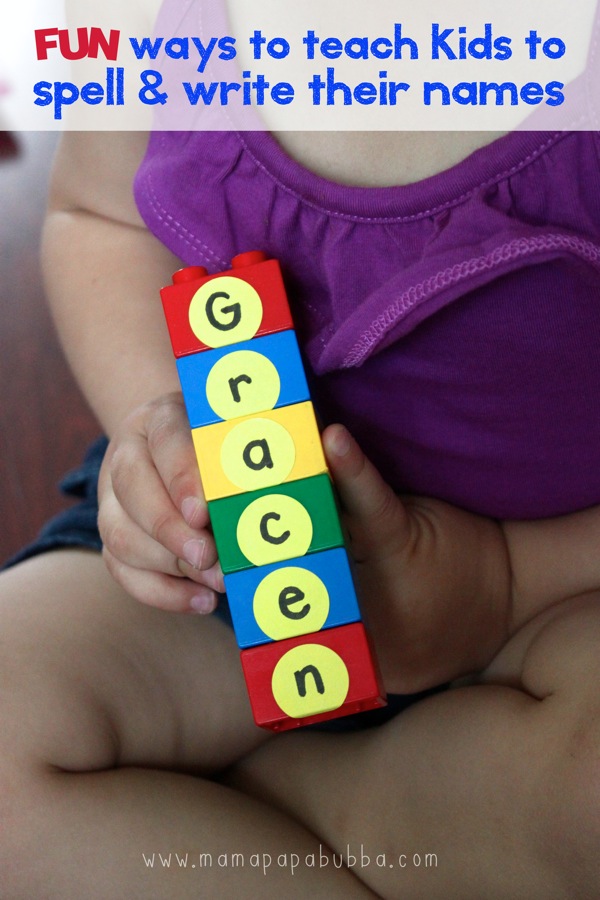
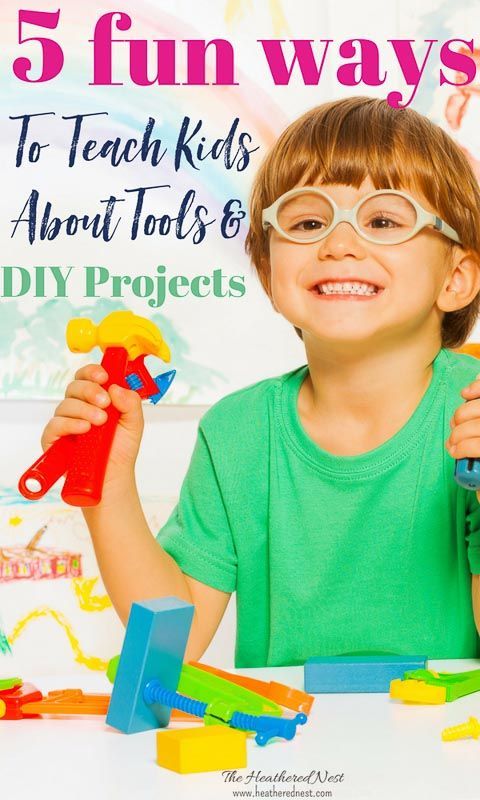
Notes and letters
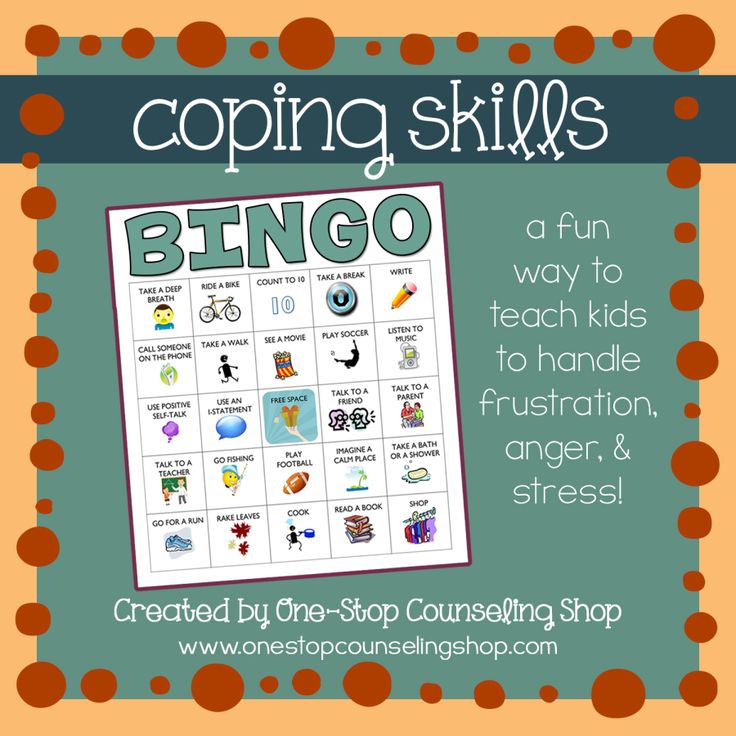 Some children start reading from thin baby books. Other thin books are despised and want to immediately read real ones, that is, thick ones. My brother, for example, started reading from a thick volume of Nosov's stories. nine0005
Some children start reading from thin baby books. Other thin books are despised and want to immediately read real ones, that is, thick ones. My brother, for example, started reading from a thick volume of Nosov's stories. nine0005 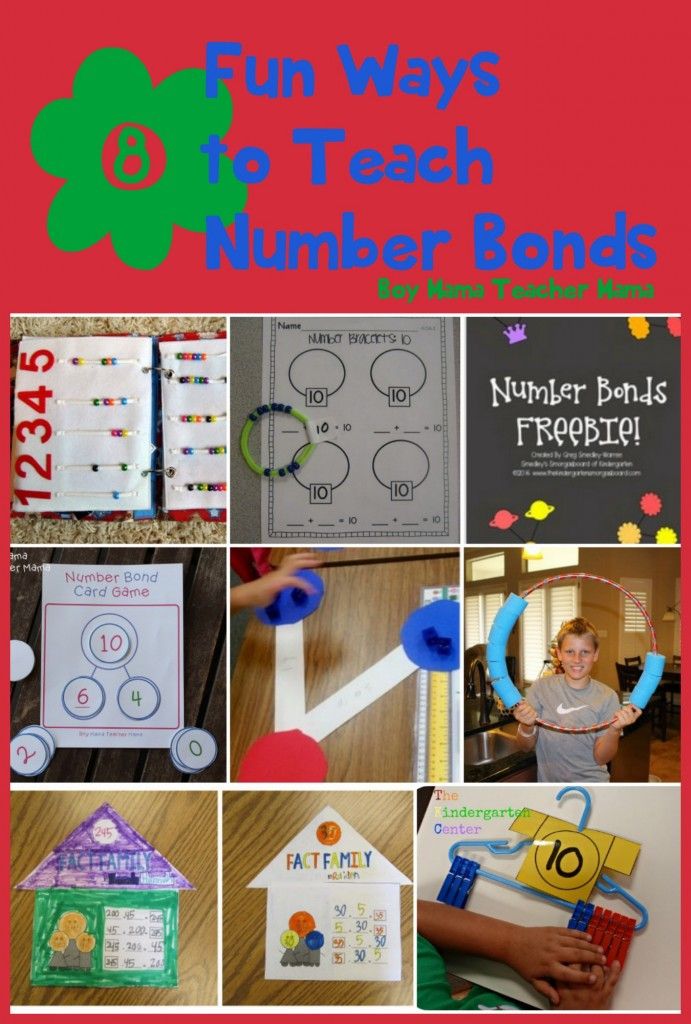 Help him, support him at this stage! Many children, knowing how to put letters into words, do not read themselves because they are embarrassed by adults - they are afraid that they will be laughed at or teased ...
Help him, support him at this stage! Many children, knowing how to put letters into words, do not read themselves because they are embarrassed by adults - they are afraid that they will be laughed at or teased ... Teaching a child to read syllables easily. 5 funny games
 Maybe your child is just not ready yet, or maybe you started wrong. Stay with us and find out everything.
Maybe your child is just not ready yet, or maybe you started wrong. Stay with us and find out everything. How to teach a child to read in syllables so that he likes it? nine0007
How to do it?
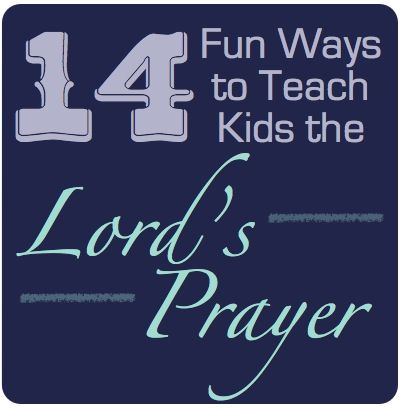 Then you explain to him why you need to be able to read and what is the use of this. nine0005
Then you explain to him why you need to be able to read and what is the use of this. nine0005 5 fun exercises to teach children to read by syllables
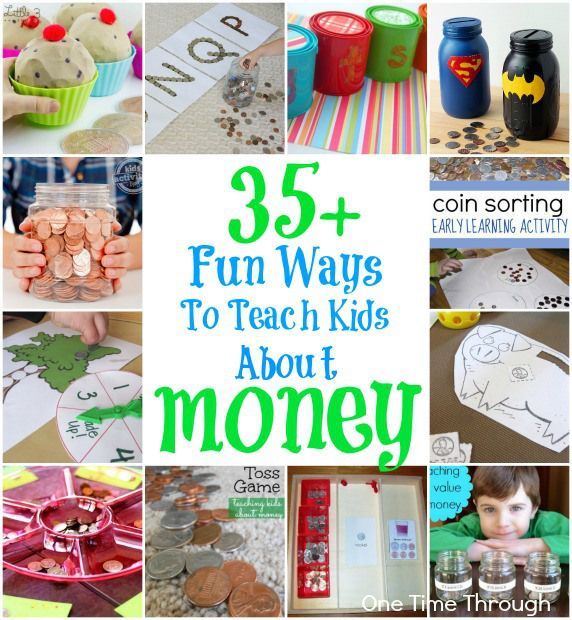
Surprise eggs
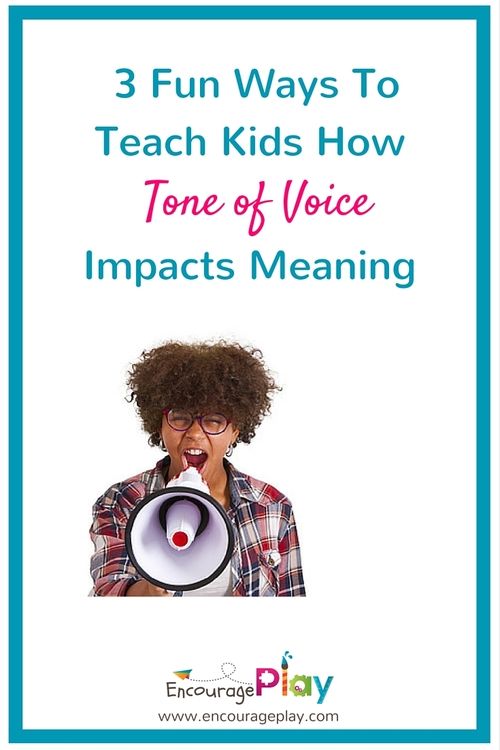
Find a double
Let's be friends
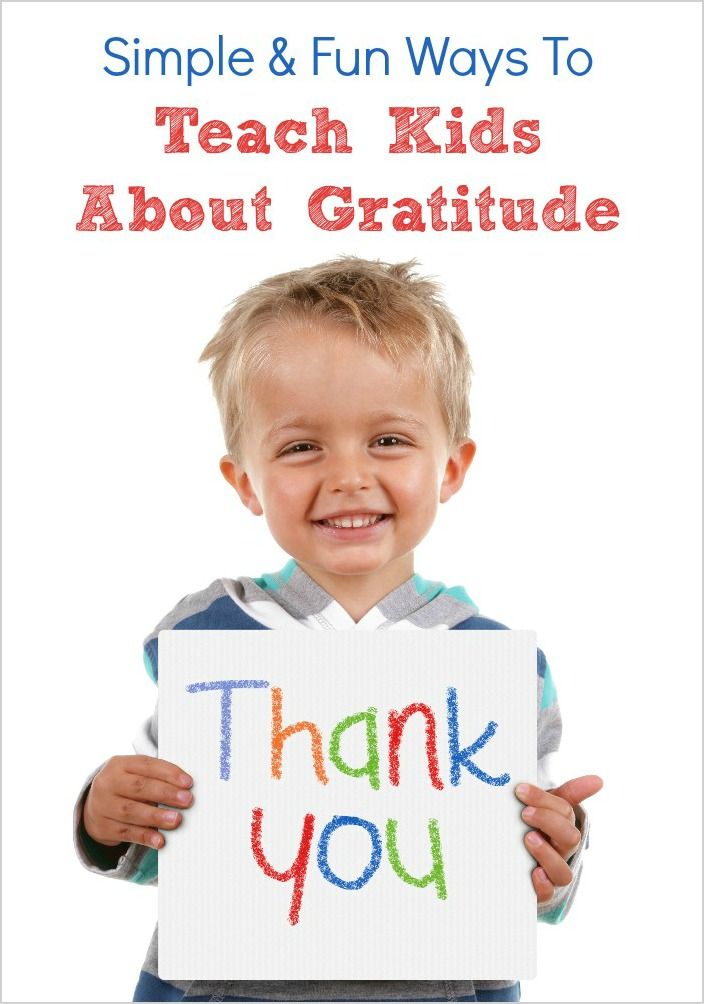 Move together the letter "A" to "U" and read what happened - "AU". So the child will understand that connecting letters into syllables is fun and will begin to connect syllables into words with pleasure.
Move together the letter "A" to "U" and read what happened - "AU". So the child will understand that connecting letters into syllables is fun and will begin to connect syllables into words with pleasure. Pick Me Up
Transformer Word
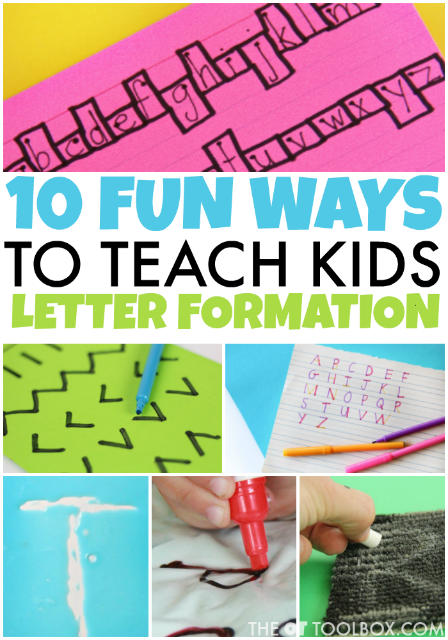 For example, put together the already familiar word “SO-BA-KA” with your child. Read it syllable by syllable and disassemble it into individual letters. Say: “And now you will see how much our “DOG” can give us new words! Let's watch?". nine0005
For example, put together the already familiar word “SO-BA-KA” with your child. Read it syllable by syllable and disassemble it into individual letters. Say: “And now you will see how much our “DOG” can give us new words! Let's watch?". nine0005 